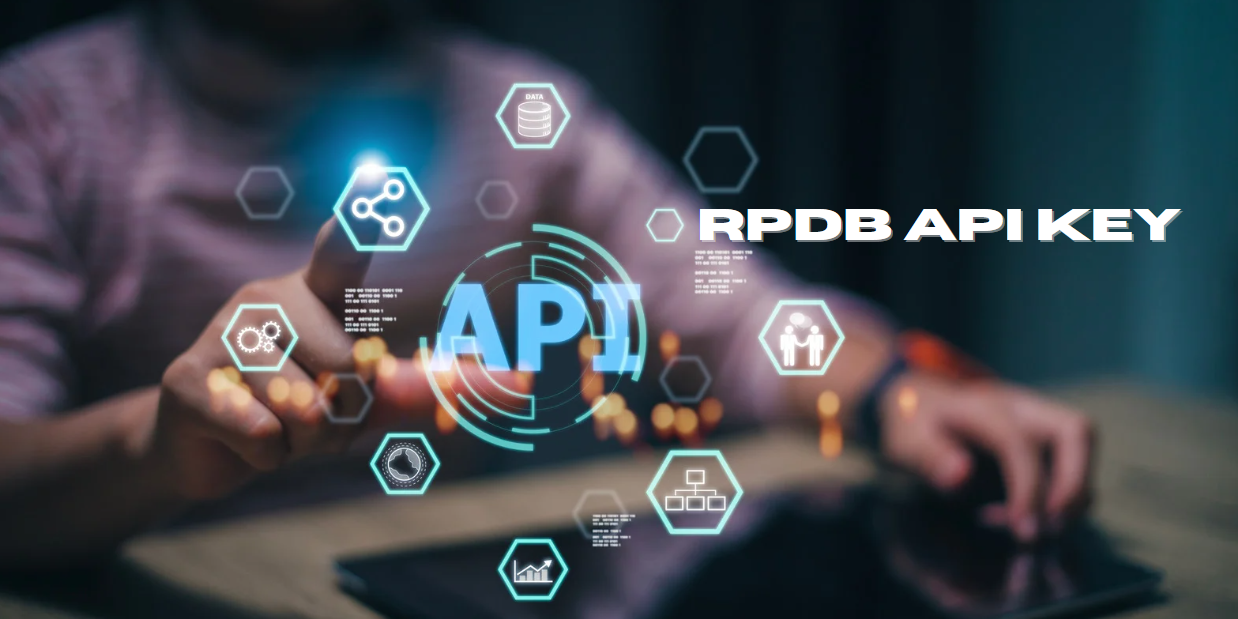In the dynamic landscape of transportation, a revolution is quietly unfolding, promising to reshape how we move across cities and beyond. Autobà, the next frontier in autonomous vehicle technology, stands at the forefront of this transformation. With its potential to enhance safety, efficiency, and accessibility, Autobà is set to redefine the way we perceive and utilize transportation systems worldwide.
The Rise of Autobà
Autonomous vehicles (AVs) have been a subject of fascination and innovation for decades. However, recent advancements in artificial intelligence, sensor technology, and data analytics have accelerated their development and deployment. Autobà represents the pinnacle of this progress—a sophisticated fusion of cutting-edge software and hardware designed to navigate roads independently, without human intervention.
Safety and Efficiency
One of the most compelling promises of Autobà lies in its potential to significantly improve road safety. By eliminating human error, which accounts for a substantial majority of traffic accidents, AVs can drastically reduce collisions and fatalities. Equipped with advanced sensors and real-time data processing capabilities, Autobà vehicles constantly monitor their surroundings, anticipate potential hazards, and react with split-second precision, making roads safer for everyone.
Moreover, Autobà vehicles optimize traffic flow and fuel efficiency through coordinated communication. By minimizing abrupt stops and starts and maintaining optimal speeds, they contribute to smoother traffic patterns and reduced fuel consumption, thereby mitigating environmental impact.
Accessibility and Inclusivity
Beyond safety and efficiency, Autobà holds the potential to revolutionize accessibility in transportation. For individuals with disabilities or mobility limitations, AVs offer newfound independence and mobility. By providing a reliable means of transportation that is accessible and adaptable to various needs, Autobà can enhance quality of life and foster greater inclusion within communities.
Urban Planning and Infrastructure
The advent of Autobà also poses intriguing opportunities and challenges for urban planners and policymakers. As AV adoption increases, cities may witness transformations in infrastructure design and land use. Parking spaces could become obsolete as shared AV fleets dynamically reposition themselves based on demand, freeing up valuable urban space for green areas or affordable housing. Moreover, AVs may influence commuting patterns, potentially reducing congestion and the need for expansive roadways.
Economic and Societal Impacts
The economic implications of Autobà extend far beyond transportation alone. The AV industry is expected to generate significant job opportunities in manufacturing, software development, maintenance, and support services. Furthermore, as AV technology matures, it could democratize access to transportation services, offering cost-effective alternatives to car ownership and traditional taxi services.
Challenges and Considerations
While the prospects of Autobà are promising, several challenges must be addressed to ensure a smooth transition and widespread adoption. Concerns regarding cybersecurity, regulatory frameworks, liability in accidents involving AVs, and public trust in autonomous technology remain critical areas of focus. Addressing these challenges requires collaboration between technology developers, policymakers, and communities to establish robust standards and safeguards.
Looking Ahead
As Autobà continues to evolve, its impact on society will be profound and multifaceted. From enhancing safety and efficiency on the roads to transforming urban landscapes and fostering inclusivity, autonomous vehicles represent a pivotal step towards a more connected, sustainable, and accessible future.
In conclusion, the power of Autobà lies not only in its technological prowess but also in its potential to redefine the way we experience and interact with transportation. As we embrace this transformative technology, we must navigate its complexities with foresight and responsibility, ensuring that the benefits of Autobà are equitably shared and that its implementation enhances the quality of life for all.
Autobà is not just about transportation; it is about pioneering a new era of mobility—one where innovation, safety, and inclusivity converge to shape a brighter tomorrow.
Frequently Asked Questions (FAQs) on Autobà
1. What is Autobà? Autobà refers to autonomous vehicles (AVs) equipped with advanced sensors, artificial intelligence, and navigation systems that allow them to operate without direct human intervention. These vehicles are designed to navigate roads, interact with traffic, and respond to environmental stimuli autonomously.
2. How do Autobà vehicles work? Autobà vehicles utilize a combination of sensors (such as cameras, radar, lidar), GPS, mapping data, and sophisticated algorithms to perceive their surroundings, plan routes, and make driving decisions in real time. These systems enable them to navigate safely and efficiently on roads while avoiding obstacles and following traffic laws.
3. Are Autobà vehicles safe? Safety is a paramount concern for Autobà developers. These vehicles are designed to reduce accidents caused by human error, which accounts for a significant portion of road incidents. By constantly monitoring surroundings and reacting swiftly to potential hazards, Autobà vehicles aim to enhance road safety.
4. What are the benefits of Autobà? Autobà offers several potential benefits, including:
- Improved road safety by reducing human error.
- Increased efficiency in traffic flow and reduced congestion.
- Enhanced accessibility for individuals with disabilities or mobility limitations.
- Potential environmental benefits through optimized fuel consumption and reduced emissions.
- Transformation of urban planning and infrastructure as cities adapt to AV technology.
5. How will Autobà impact jobs? While Autobà technology may lead to job displacement in certain sectors (e.g., traditional taxi drivers), it is also expected to create new opportunities in industries such as AV manufacturing, software development, maintenance, and support services. The net impact on employment will depend on how effectively industries and governments adapt to the changes brought by AVs.
6. What are the regulatory challenges associated with Autobà? The widespread adoption of Autobà faces regulatory hurdles related to safety standards, liability in accidents involving AVs, cybersecurity concerns, and the establishment of consistent laws and regulations across jurisdictions. Governments and industry stakeholders are working to develop frameworks that ensure the safe deployment and operation of AVs while addressing these challenges.
7. How will Autobà affect urban planning and infrastructure? Autobà has the potential to influence urban design by reducing the need for parking spaces, reshaping traffic patterns, and potentially altering the demand for public transportation. Cities may need to adapt their infrastructure to accommodate AVs, including implementing smart traffic management systems and redesigning roadways to optimize AV operation.
8. What are the current limitations of Autobà technology? Despite advancements, Autobà technology still faces limitations such as:
- Difficulty operating in adverse weather conditions (e.g., heavy rain, snow).
- Challenges in navigating complex urban environments with unpredictable human behavior.
- Dependence on high-quality mapping data and infrastructure support.
- Public trust and acceptance of AV technology.
9. How can individuals prepare for the advent of Autobà? Individuals can prepare for the arrival of Autobà by staying informed about developments in AV technology, understanding the potential impacts on transportation and urban living, and engaging in discussions with policymakers and community stakeholders. Adapting to changes in mobility options and considering the implications for personal transportation choices are also important steps.
10. What is the timeline for widespread adoption of Autobà? The timeline for widespread adoption of Autobà varies by region and depends on factors such as technological advancements, regulatory frameworks, public acceptance, and infrastructure readiness. While some cities and companies are already testing AVs in limited capacities, achieving widespread deployment may take several years or even decades as stakeholders address technical, regulatory, and societal challenges.
These FAQs provide a foundational understanding of Autobà technology, its potential impacts, and the considerations involved in its deployment and integration into everyday transportation systems.

 Marketing6 months ago
Marketing6 months ago
 News6 months ago
News6 months ago
 News6 months ago
News6 months ago
 News2 months ago
News2 months ago
 THC6 months ago
THC6 months ago
 Marketing6 months ago
Marketing6 months ago
 News2 months ago
News2 months ago
 Health6 months ago
Health6 months ago



